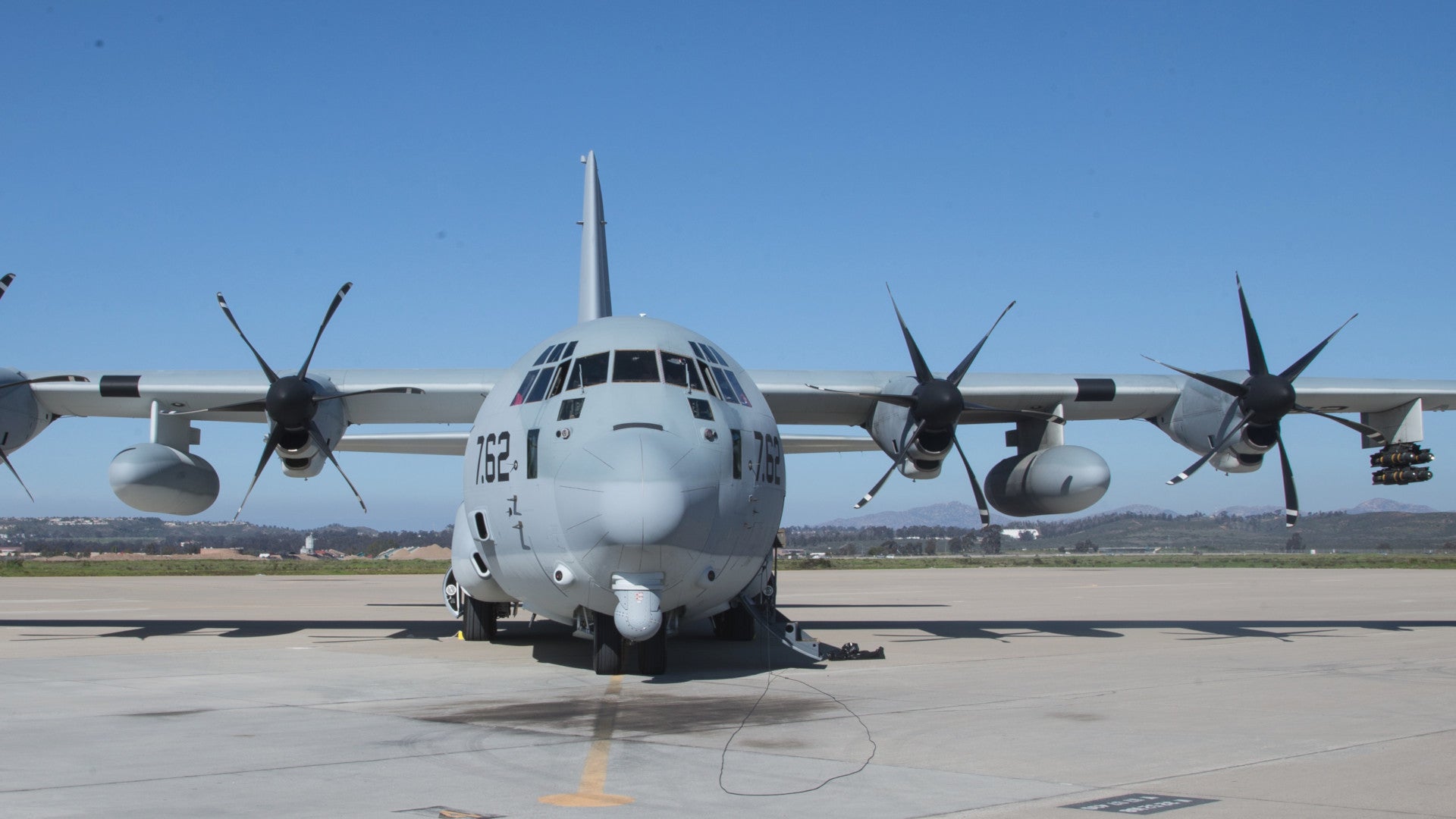The U.S. Marine Corps plans to finally add a 30mm cannon to the bolt-on Harvest Hawk armament kit for its KC-130J Hercules aircraft starting in Fiscal Year 2023. At present, the add-on weapon system can only employ AGM-114 Hellfire and AGM-176 Griffin precision-guided missiles, as well as GBU-44/A Viper Strike glide bombs.
The details about the Harvest Hawk’s new gun were included in descriptions of the U.S. Navy’s budget proposal for the 2020 Fiscal Year, which it released on Mar. 18, 2019. The Navy and the Marines share a common budget.
As it stands now, the Marines will ask for more than $6 million to purchase two 30mm guns, associated mounts and other equipment, and support and services in the 2023 fiscal cycle as part of the ongoing upgrade of the Harvest Hawk system to the new Harvest Hawk Plus (HH+) standard. The service then expects to spend more than $13 million to buy six more, plus additional associated items, in the next fiscal year.
Beyond new weapons, HH+ will also feature updated sensors, an added electronic warfare capability, and overall improvements that will make it simpler and cheaper to install, operate, and maintain.
The budget documents do not say what specific gun the Marines are planning to buy, but when they first announced the Harvest Hawk kit in 2009, the plan included the eventual addition of the 30mm Bushmaster II automatic cannon. Two years earlier, the U.S. Air Force had modified a small number of its dedicated AC-130U Spooky gunships to each carry two of the Mk 44 variants of these guns.
The Navy was already purchasing the Mk 44 as the main armament for the Marine Corps’ abortive amphibious Expeditionary Fighting Vehicle (EFV). The service has since begun using these weapons as a close-in defense system on its ships, including the first-in-class USS Zumwalt stealth destroyer.
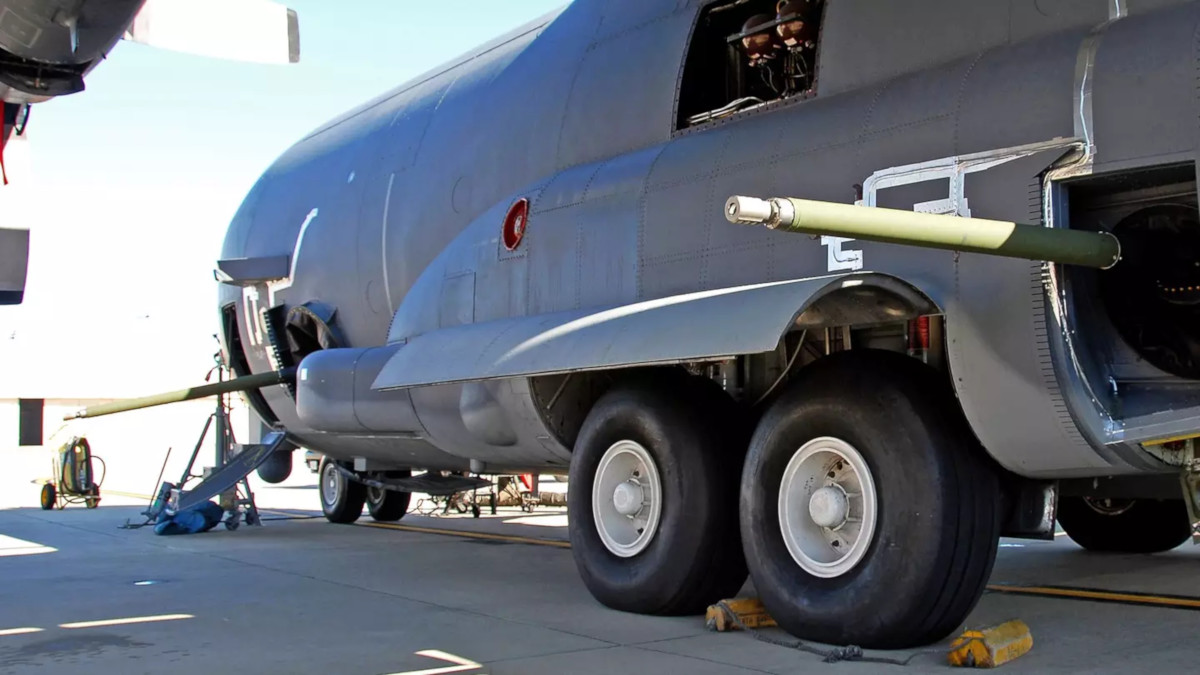
The Bushmaster II remains the most obvious option. Though the Air Force did not decide to refit its AC-130Us with the new guns, and eventually returned the modified aircraft to their original configuration, it has since added the GAU-23/A variant of this cannon to its AC-130W Stinger II and AC-130J Ghostrider gunships. There is also now a special 30mm round for this gun, optimized for performance from an aerial platform.
A Harvest Hawk kit that includes a Bushmaster II firing this ammunition would offer important added capability to conduct extremely focused strikes on enemy targets that might be in very close proximity to friendly forces, also known as “danger close,” or situated near innocent civilians. Especially in dense urban environments, it may be too risky to use even small missiles or bombs.
Guns can also provide a greater volume of fire rapidly on a specific target and can more readily shift focus from one target to another compared to precision guided weapons. Automatic cannons also offer greater magazine depth, as well, and the shells they fire are significantly cheaper than a missile or bomb.
The Air Force had similarly though it might be possible to increasingly move away from guns on its AC-130Ws and AC-130Js in favor of precision guided munitions, but has since reversed course. Adding the gun to the Harvest Hawk kit will require a different mounting arrangement from either of those Air Force gunships, which both have the cannon fixed in position sticking out the left side of the forward fuselage.
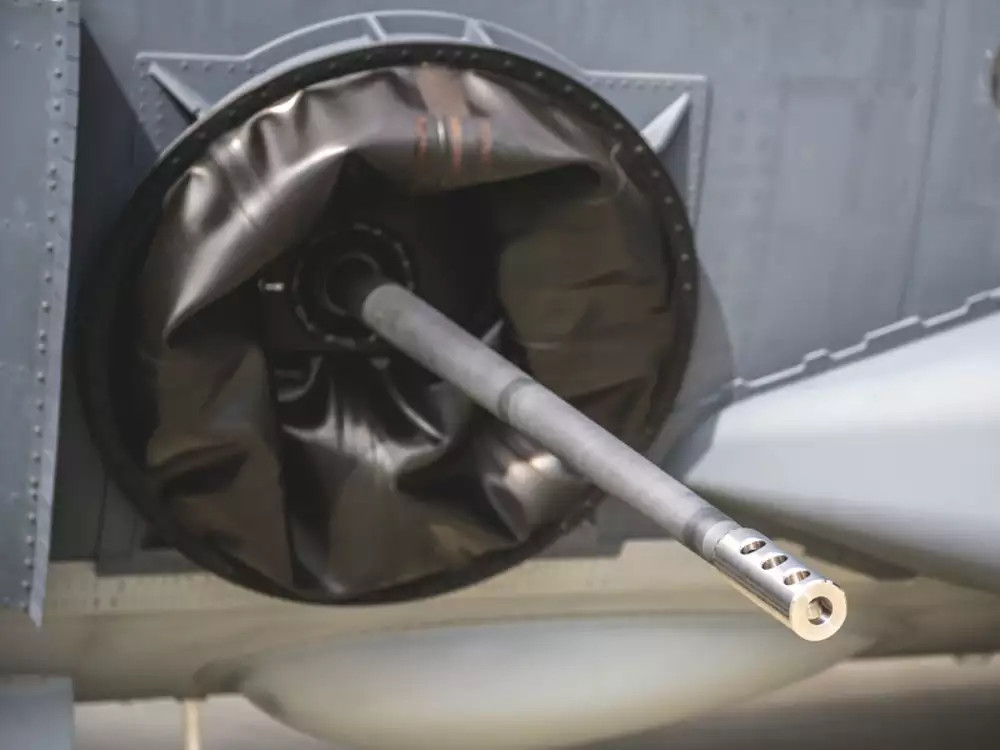
However, the Harvest Hawk kit is supposed to be relatively easy to install and remove on any Marine KC-130J, giving the service the option to quickly weaponize any of these aircraft as necessary, which will require a temporary mount. The installation process at present involves, among other things, adding a roll-on/roll-off operators station and a sensor turret with electro-optical and infrared cameras, as well as a laser designator, under the nose.
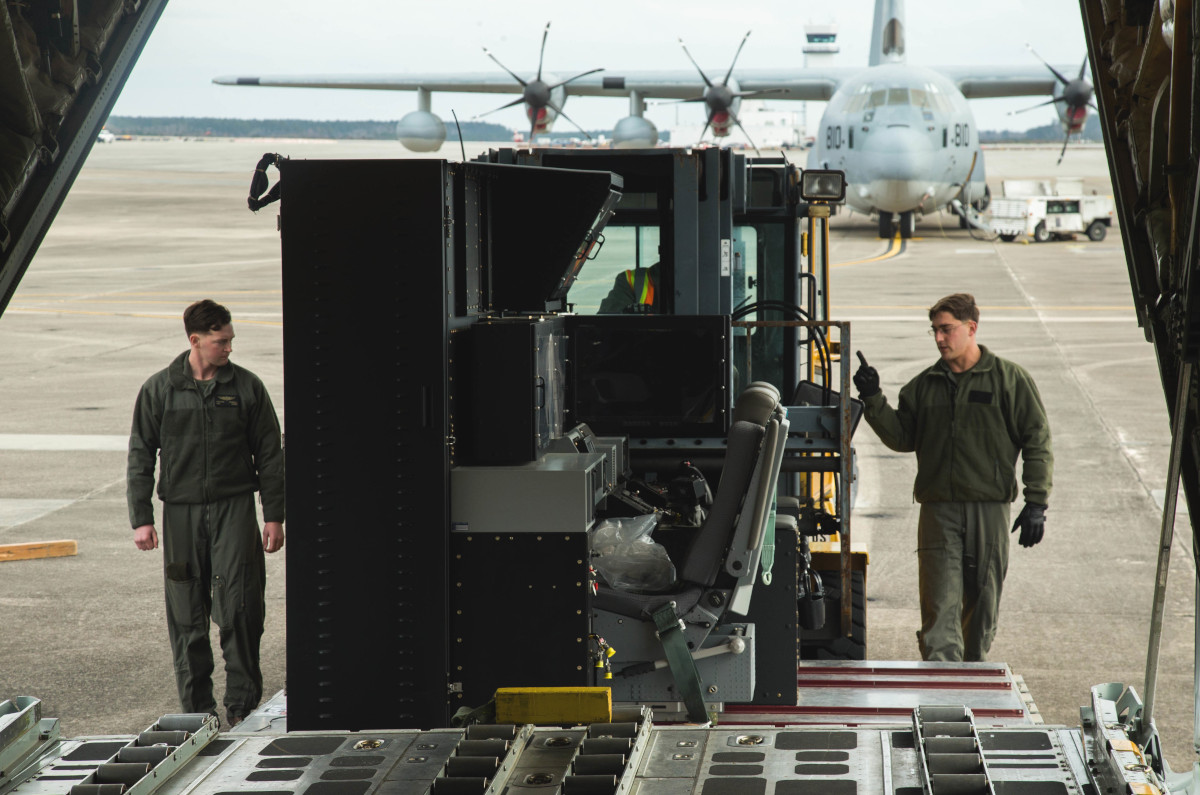
The easiest option for the Marines would be to install the gun in the rear left-hand paratrooper door – a particularly versatile spot on C-130-series aircraft. Lockheed Martin actually already offers exactly this setup as part of export-ready configuration known as the C-130J-Special Operations Forces, or C-130J-SOF, which the company unveiled in 2017.
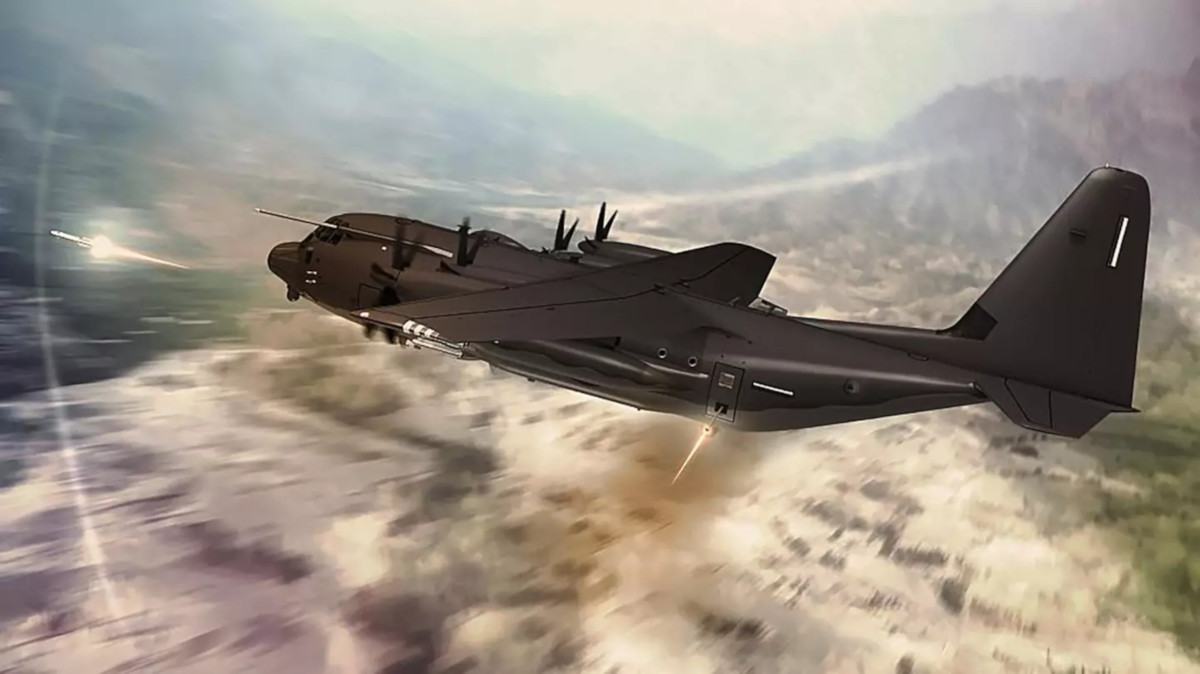
Putting the gun in the paratrooper door would prevent the Harvest Hawk kit from using that position to launch missiles or glide bombs, as it had done in the past. The armament package would still have a separate launcher mounted on the rear ramp and allow the KC-130Js to carry additional weapons under wing.
The Marines will also have to ensure whatever mount it chooses provides a stable and accurate firing platform for the cannon. The Air Force had abandoned the idea of installing the Bushmaster II on the AC-130U back in the late 2000s due to accuracy concerns and this appeared to have influenced the Marine Corps’ decision, at least in part, to hold off on adding the gun to the Harvest Hawk kit for more than a decade.
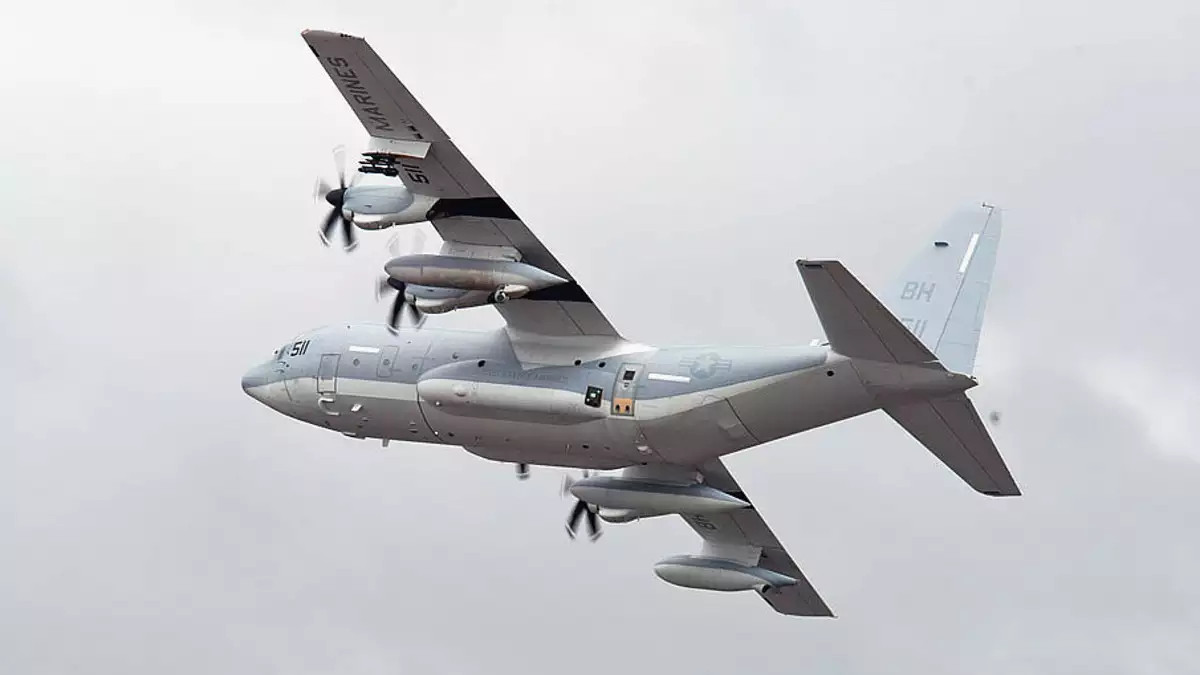
The AC-130W apparently escaped these issues, but both it and the J model still have fixed, permanent gun mounts that the Harvest Hawk kit will not utilize. More recently, testing highlighted new and significant concerns about the accuracy and reliability of the Bushmaster II installation of the Ghostrider, too.
But the Air Force has since largely resolved those problems on the AC-130J, according to the most recent annual report on the progress of the Ghostrider program from the Pentagon’s Office of the Director of Operational Test and Evaluation, which covers developments during the 2018 Fiscal Year and came out in January 2019. Improvements to the gun’s fire control system, better training for gunners, and a revised policy to replace the weapon’s barrel after every 15,000 rounds have reportedly improved the Ghostrider’s accuracy with its 30mm cannon significantly.


Again, the experience with the AC-130W and J won’t be totally applicable to Harvest Hawk, but years of the Air Force fiddling with the 30mm cannon installation on those gunships can only help inform the Marines efforts to add the same weapon to their bolt-on kit. The Air Force’s change of heart on guns for its gunships in general only underscores how valuable this category of weapons remains for these types of aircraft, something that can’t have been lost on the Marine Corps, as well.
So, a decade after the Marine Corps first unveiled the Harvest Hawk concept, the path finally looks clear for the service to give the kits the guns that it had promised were coming from the very beginning.
Contact the author: jtrevithickpr@gmail.com
